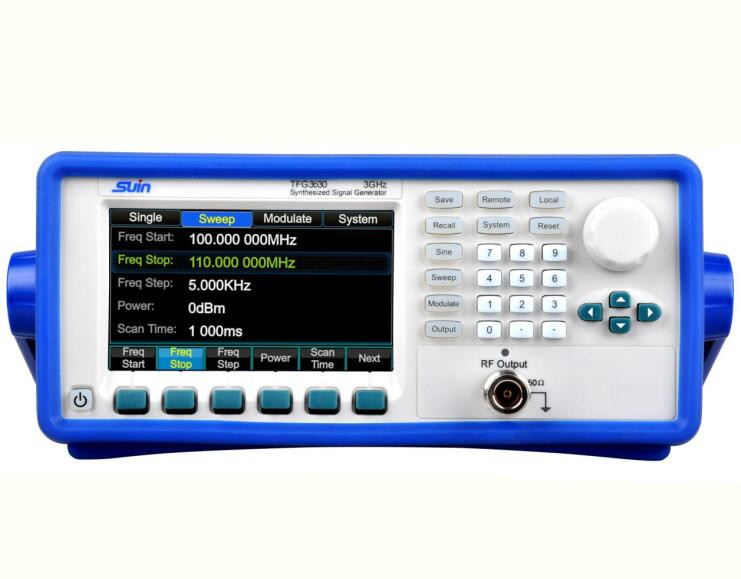

Its output level must match the input requirement of the power amplifier with a margin of a few dB.

PIC FUNCTION GENERATOR GENERATOR
Tim Williams, in EMC for Product Designers (Fifth Edition), 2017 8.1.1.1 Signal sourceĪny RF signal generator that covers the required frequency range (80–1000MHz and above for IEC 6, 150kHz–80MHz for IEC 6) will be useable. Be careful that no transient level changes are caused within the signal generator by range changing or frequency stepping.
PIC FUNCTION GENERATOR MANUAL
A manual frequency setting ability is necessary for when you want to investigate the response around particular frequencies. The required frequency accuracy depends on whether the EUT exhibits any narrowband responses to interference. The tracking generator output of a spectrum analyser ( section 3.1.1.2) is well suited to the former method, or a synthesized signal generator can be used for the latter. The signal generator should either be manually or automatically swept across the output range at 0.005 octaves per second or slower, depending on the speed of response of the EUT, or it can be automatically stepped at this rate in steps of typically 10kHz (but see section 3.2.3.3). This can be done within the signal generator or by a separate modulator. This is typically 0dBm and is not a problem.ĭraft revisions to IEC801-3 call for the RF carrier to be modulated at 1kHz to a depth of 80%. Tim Williams, in EMC for Product Designers, 1992 3.2.1.1 Signal sourceĪny RF signal generator that covers the required frequency range (27 – 500MHz for IEC801-3, 26 – 1000MHz for draft revisions) will be useable.

Amplitude stability and constant value over the whole frequency range is often only 1–2% for normal oscillators. Frequency-synthesiser function generators should be used when a precise, repeatable frequency source is required. Frequency selection by dials may introduce ☒% uncertainty, reduced to 0.2% with digital dial selection which also provides 0.01% reproducibility. 90 dB rejection is desirable and 60 dB (10 3:1) is normal for conventional oscillators. ratio between harmonic voltage and fundamental voltage) must be low, particularly for testing-quality amplifiers, e.g. As voltage sources, the output power is low (100 mW–2W). Signal generators provide sinusoidal, ramp and square-wave output from fractions of 1 Hz to a few megaherz, although the more accurate and stable instruments generally cover a more restricted range. MJ Cunningham MSC, PHD, MIEE, CEng, GL Bibby BSc, CEng, MIEE, in Electrical Engineer's Reference Book (Sixteenth Edition), 2003 11.7.4 Signal generators


 0 kommentar(er)
0 kommentar(er)
